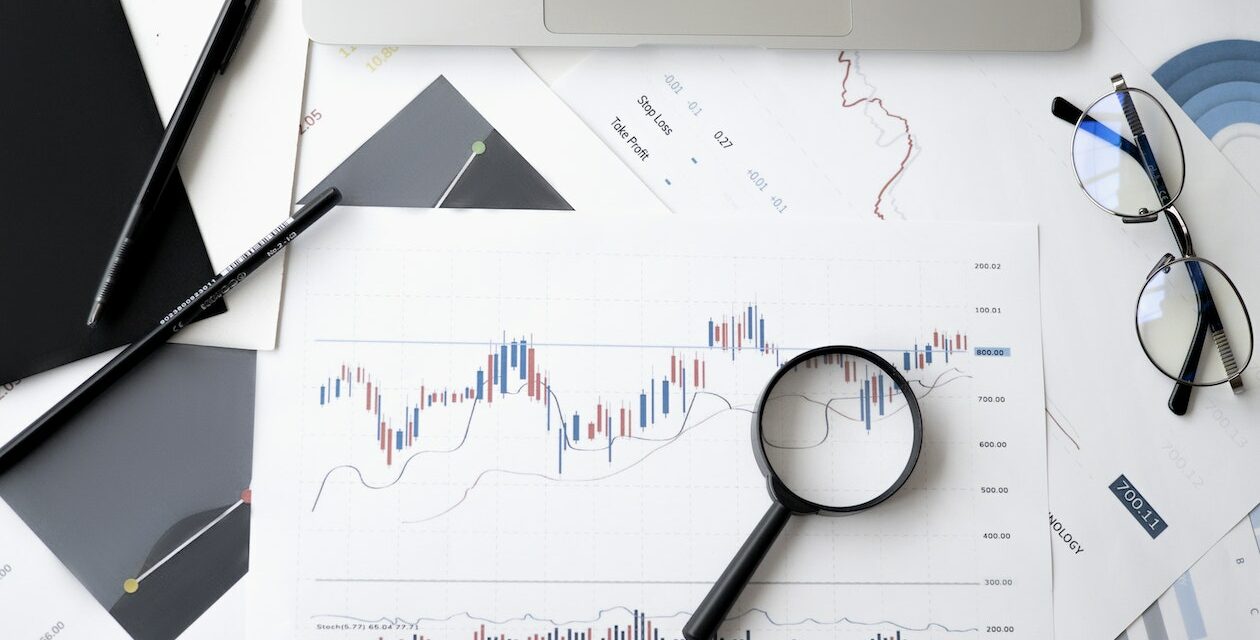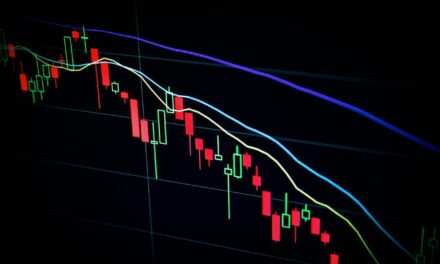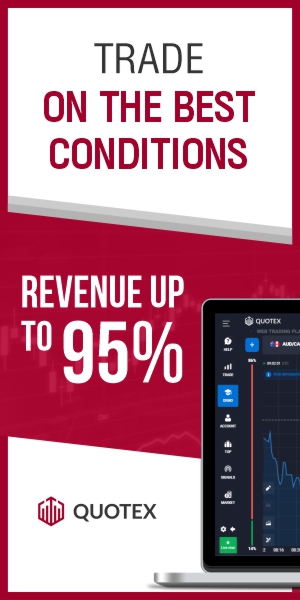
Understanding Forex Trading Terminologies: Demystifying Assets, Spread, Pips, Commission, and More

Mastering the Basics of Forex Trading Terminologies: A Guide to Buy, Sell, Stoploss, and TakeProfit

INTRODUCTION
Forex trading is the buying and selling of currencies to make a profit. It is a popular investment strategy that has attracted millions of traders globally. However, its terminologies are not always easy to understand, especially for beginners. This article aims to demystify the most common terminologies used in forex trading.
ASSETS
Assets in forex trading refer to the financial instruments that traders purchase or sell to make profits. Examples of assets include currencies, stocks, indices, commodities, and cryptocurrencies. Forex traders choose assets based on their trading strategies, risk appetite, and market conditions. Some traders prefer to focus solely on one asset, like a currency pair, while others may diversify their investments across different assets.
SPREAD
The spread is the difference between a currency pair’s bid and ask prices. The bid price is the price at which a trader can sell a currency pair, while the ask price is the price at which a trader can buy a currency pair. The spread can be fixed or variable, depending on the market conditions and the broker used. A smaller spread is generally more favorable for traders because it lowers the cost of trading.
PIPS
Pips refer to the smallest unit of change in a currency pair’s price. A pip stands for “percentage in point.” One pip is equivalent to 0.0001 of a currency pair’s price. For example, if the EUR/USD currency pair moves from 1.1000 to 1.1010, it has increased by 10 pips. Pip values vary across currency pairs and depend on the trading currency denomination.
LOT SIZE
The lot size refers to the number of currency units that traders buy or sell. One standard lot is equal to 100,000 units of the base currency in a currency pair. Traders can also trade mini-lots, which are one-tenth the size of standard lots, equaling 10,000 units of the base currency. Micro-lots are one-hundredth the size of standard lots, equaling 1,000 units of the base currency.
MARGIN
Margin refers to the amount of money traders need to deposit as collateral to open a trade. The margin requirements vary across brokers and depend on the trading account size and leverage offered. Leverage allows traders to control larger trading positions with smaller capital investments. However, it also increases the risk of losses, as traders could lose more than their initial deposit.
LEVERAGE
Leverage allows traders to control larger trading positions with smaller capital investments. However, it also increases the risk of losses, as traders could lose more than their initial deposit. For example, a leverage ratio of 1:100 means that traders can control a $100,000 trading position with a $1,000 deposit. Higher leverage ratios result in lower margin requirements but also increase trading risks. Forex traders must understand the advantages and disadvantages of leverage before using it.
MARGIN CALL
A margin call occurs when a trader’s account balance falls below the minimum margin requirement, and the broker requires the trader to add more funds to cover their losses. If the trader does not add more funds, the broker could close the trader’s positions to limit potential losses to the trader’s account balance. Margin calls are essential risk management tools that help traders avoid significant losses and potential negative balances.
COMMISSIONS
Commissions are fees charged by brokers for executing trades. They are typically based on a percentage of the traded amount or a flat rate per trade. Some brokers offer commission-free trading, but they may compensate for this by imposing wider spreads or higher margin requirements. Traders should compare different brokers’ commission rates and service quality before choosing one.
CONCLUSION
Forex trading may seem daunting at first due to its many terminologies. Still, understanding the basic forex trading terminologies is crucial to traders’ success. Knowing the meaning of terms such as assets, spread, pips, lot size, margin, leverage, margin call, and commissions will help traders make informed trading decisions and manage their risks effectively. Traders must also stay up-to-date on the latest market trends and news to develop profitable trading strategies.
Choosing a reliable forex broker can be a difficult task. Find out here the dos & don’ts of selecting a Forex Broker to help you decide.










